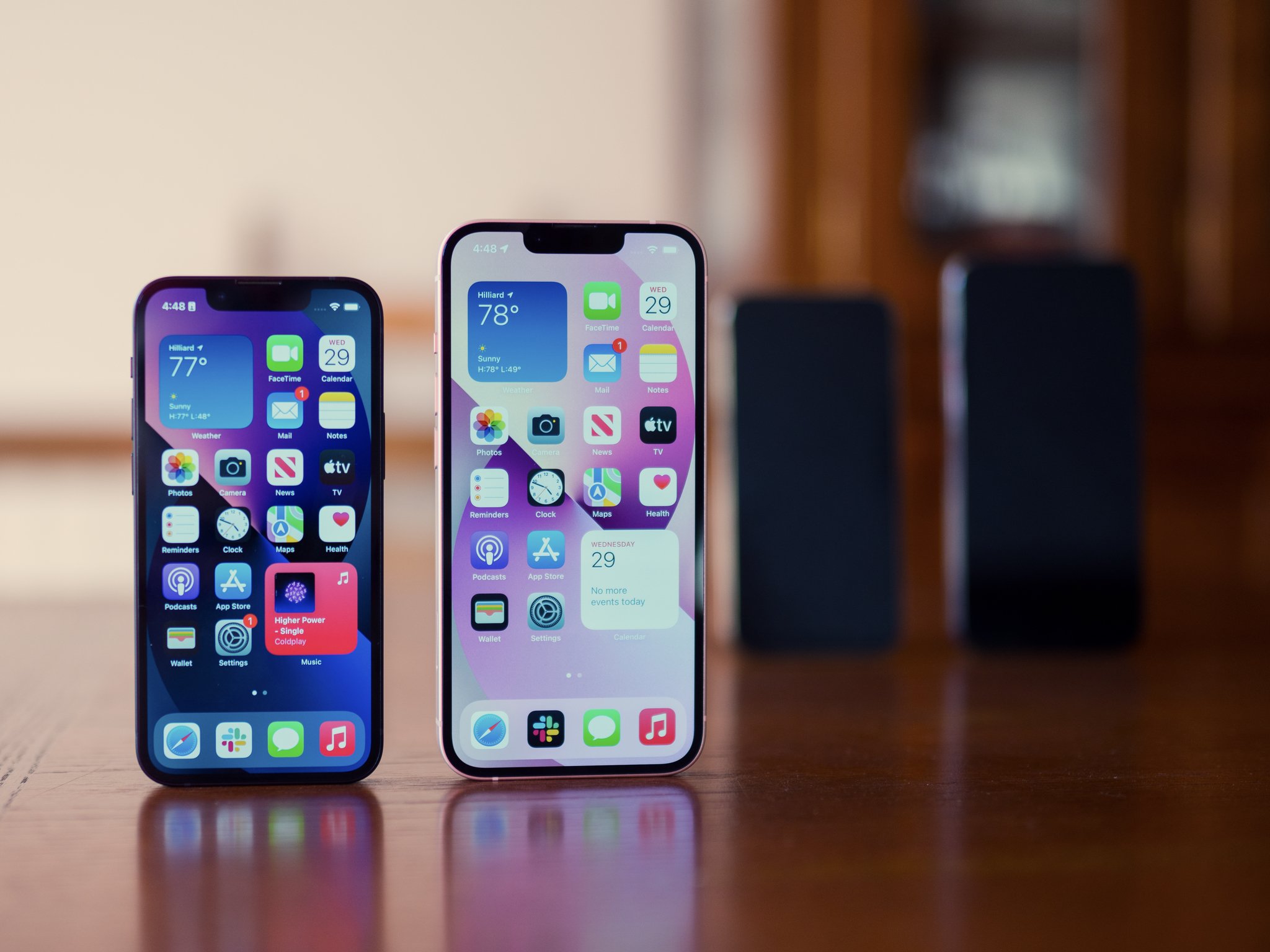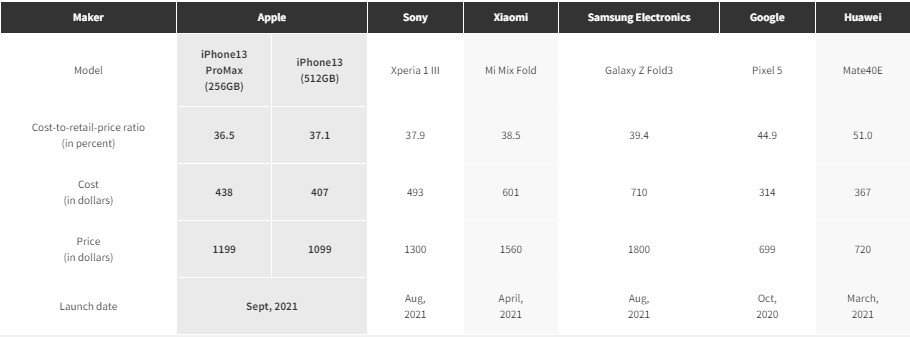"The teardown found that Apple is likely sacrificing profit margins to improve performance in the face of intense competition with rivals."
What you need to know
- Nikkei Asia and the Financial Times have revealed the cost of the iPhone 13's components.
- A new report has found the iPhone is 2.5x more expensive to make than it was 10 years ago.
- The iPhone 13 costs $407 in components, a cost-to-retail-price ratio of 37%.
New insight into the iPhone 13 reveals that the iPhone now has a cost-to-retail price ratio for its components of around 37% and that Apple appears to be sacrificing profits in order to make its phones better. From Nikkei Asia and the Financial Times:
Nikkei and the Financial Times, in collaboration with teardown specialist Fomalhaut Techno Solutions, took apart the latest top-end iPhone model, the iPhone 13 Pro Max. The teardown found that Apple is likely sacrificing profit margins to improve performance in the face of intense competition with rivals. The total price of components was 2.5 times higher than 10 years ago, exceeding the 60% increase in the device's retail price. The price of the camera shot up tenfold, while its semiconductors have tripled in price. The phone's use of recycled materials has also increased, highlighting Apple's focus on environmental concerns.
Insight reveals the OLED display of the iPhone 13 Pro Max alone costs Apple $105, the most expensive component in the iPhone. The camera module of the Pro Max is estimated to cost $77, with the size and price of the modules growing. The beating heart of the iPhone 13, the A15 Bionic chip reportedly costs around $45, so just shy of 10% of the total cost. The Pro Max (256GB) in total according to the teardown cost $438 to make, 36.5% of the handset's retail price.
A comparison table, interestingly, reveals that according to the insight the regular iPhone 13 (512GB) only costs $407 to make, meaning the price difference in components is only $31. Apple sells the iPhone 13 (512GB) for $1,099 and the 256GB Pro Max at $1,199.
The report notes the cost ratio is a good bit lower than some rivals:
The total cost of the components inside smartphones has risen as the devices become more sophisticated. The iPhone 13 Pro Max's cost ratio of 36.5% is relatively low compared with Samsung's 39.4%, 51.0% for Huawei Technologies and 44.9% for Google's, suggesting that Apple relies heavily on the strength of its brand for its profitability.
Overall, the report says the cost of iPhone components "has gone up sharply" in the past 10 years. The iPhone 4S, by comparison, had a part to retail cost ratio of 23%, back when the iPhone cost $749. Now the iPhone 13, Apple's best iPhone to date, sits in the 35-40% range. The iPhone 13 Pro Max's camera alone costs 10x that of the iPhone 4.
Of course, there is more to the cost of an iPhone than just parts, there is also labor, research and development, design, shipping, marketing, packaging, and more. So these figures don't show us exactly how much Apple makes by selling the iPhone, just what it costs the company in parts to build. The upshot according to the new research seems to be "that Apple is likely sacrificing profit margins to improve performance in the face of intense competition with rivals."
iPhone 13 Pro
All-new A15 Bionic processor, new cameras, and more



No comments:
Post a Comment